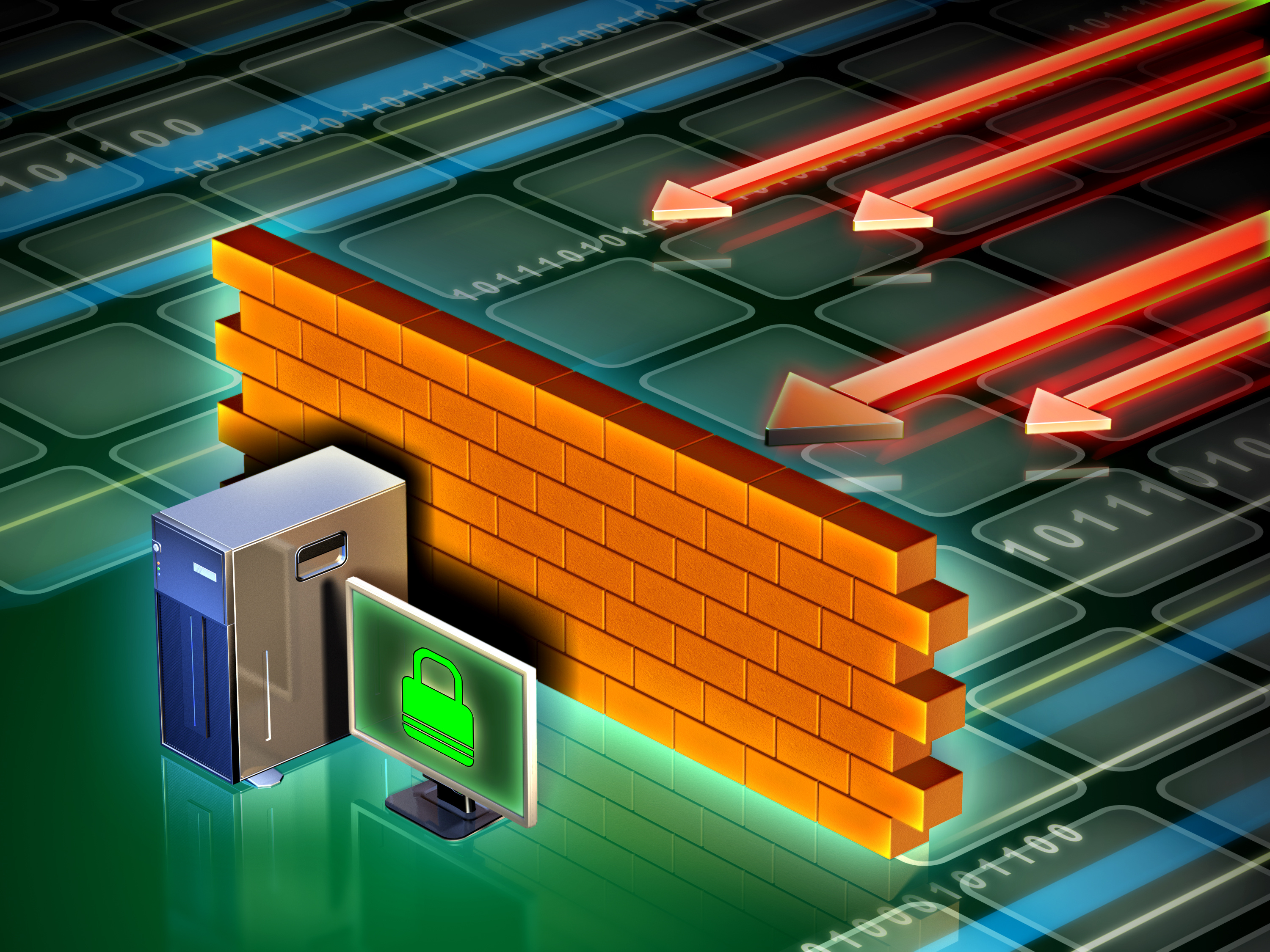
Hardware Firewalls
Firewalls are network secrity devices or software that act as a barrier between trusted (internal
networks within an organisation) and untrusted networks (i.e internet). The primary purpose is to control
and onitor incoming and outgoing network traffic based on predetermined security rules. Firewalls play a
cruciual role in protecting a network from unauthorised access, cyberattacks and potential threats.
Firewalls are a fundamental component of network security, and they are used to create security policies
that dictate which traffic is allowed and which is blocked. They are an essential part of any
comprehensive cybersecurity strategy. Here is an overview of our firewall functions provided by our
partner - WatchGuard:
- Packet Filtering - packet inspection of network traffic compared with rule sets
- Stateful Inspection - record of the state of active connections for more granular control
- Proxying - Helps hide internal network structure and improve security
- Deep Packet Inspection (DPI) - examination of packet contents for malicious
- Application Layer Filtering - inspection of traffic at the Application Layer

Patch Management
Patch management is a critical component of cybersecurity and IT management that involves the planning,
testing, deployment, and monitoring of software patches and updates to keep computer systems and
software
applications up to date and secure. It plays a crucial role in protecting systems from vulnerabilities
and
potential security breaches.
Patch Management process:
- Identifying and prioritise vulnerabilities - as they are not all made equal
- Patch Deployment and Testing - carefully planned and tested for compatability
- Monitor & Report - detection of anomalies and visibility into the patch status
- User Education - we make the user aware the importance of applying patches
- Co-ordination with vendors & 3rd party softwares

Vulnerability Test & Assessment
Threats come from outside and inside your network. Even if you have a firewall and patch management in
place, you are constantly visible to intruders. They may not be able to get in at this moment, but they’re
always looking toward the next. This means it’s good practice to test your security at regular intervals.
Firewalls only work as well as they’re configured. That configuration must be updated to keep up with
emerging threats. One update might be a simple change to one setting. But if your administrator allows
incomplete updates to stack up, they’ll end up with a complicated task in a short period of time. If that
administrator is replaced and leaves no documentation, the new person may not even know where to
start.
Inside threats are different. They often get placed when someone finds a way to get them through the firewall. Malicious software can sit dormant for days or months and then activate on command. The key to preventing an outbreak throughout the network, or even a little data stream from heading out into the world, is containment. Unfortunately, it’s difficult to spot dormant threats (they are often stealthy by design). Fortunately, our tests confirm that when they become active, they won’t be allowed to go anywhere. Our efficiency allows us to test every machine on your network while your people continue to work. When a threat comes to life, it will open its eyes to an impenetrable cage.
